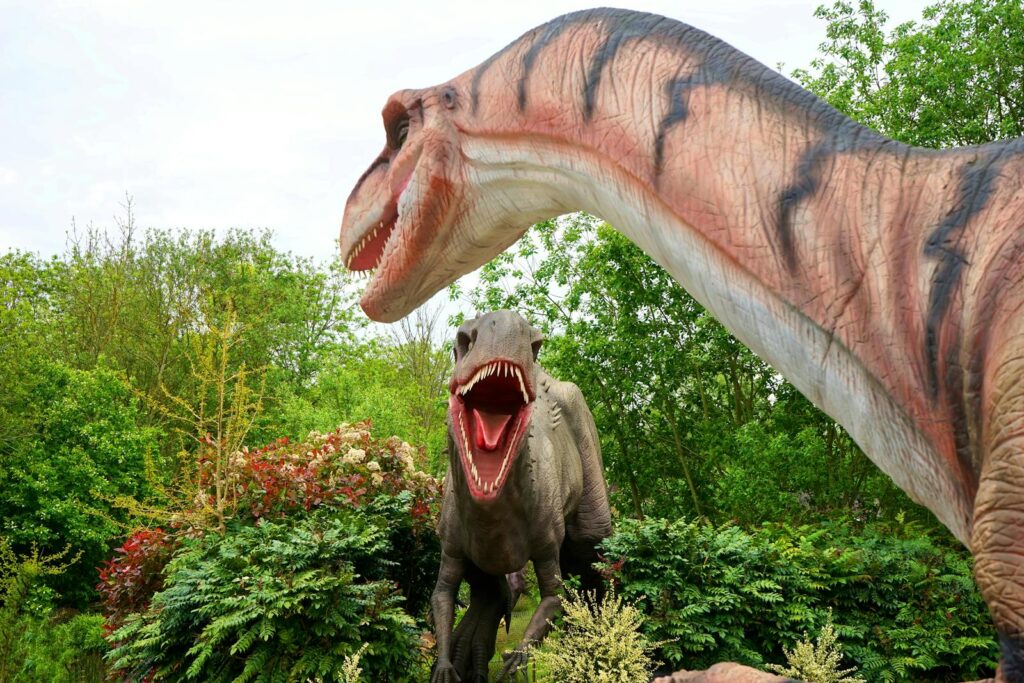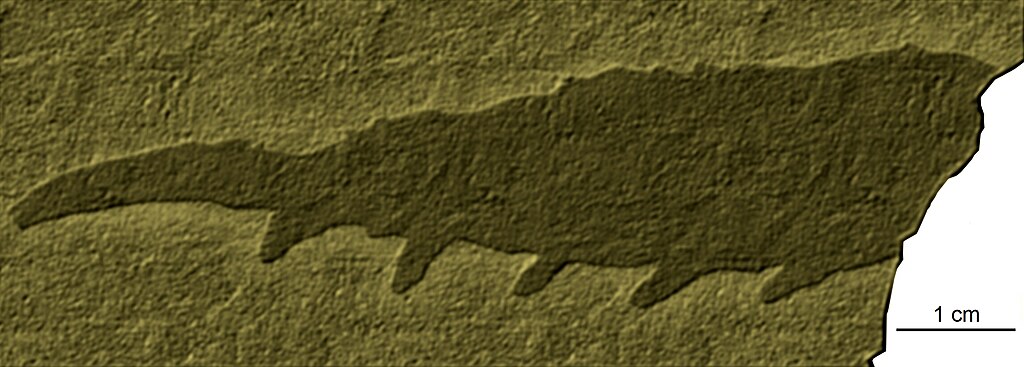The extinction of dinosaurs represents one of Earth’s most profound biological transitions, fundamentally altering the trajectory of evolution on our planet. For decades, the prevailing narrative has centered on a catastrophic asteroid impact approximately 66 million years ago that abruptly ended the 165-million-year reign of dinosaurs. However, a growing body of research challenges this singularly dramatic interpretation, suggesting instead that dinosaur populations may have been gradually declining before the final extinction event. This scientific debate touches on fundamental questions about how we interpret Earth’s history and understand the vulnerability of dominant species to environmental changes. As paleontologists employ increasingly sophisticated techniques to analyze the fossil record, the question becomes more nuanced: Was the dinosaur extinction truly a sudden apocalypse, or the culmination of a longer-term decline accelerated by the asteroid impact?
The Traditional Impact Hypothesis

The conventional extinction narrative centers on the Chicxulub impact, where an asteroid approximately 10-15 kilometers in diameter struck what is now Mexico’s Yucatán Peninsula. This cataclysmic event released energy equivalent to billions of atomic bombs, triggering tsunamis, wildfires, and ejecting enormous quantities of dust and debris into the atmosphere. The resulting “impact winter” dramatically reduced photosynthesis worldwide, collapsing food chains and creating hostile conditions for large-bodied animals. Evidence supporting this hypothesis includes the global iridium layer found at the Cretaceous-Paleogene (K-Pg) boundary, shocked quartz crystals, and the timing correlation between the impact and mass extinction. The impact hypothesis gained wide acceptance following its proposal by Luis and Walter Alvarez in 1980 and has become the dominant explanation for dinosaur extinction taught in classrooms worldwide.
Emerging Evidence for Gradual Decline
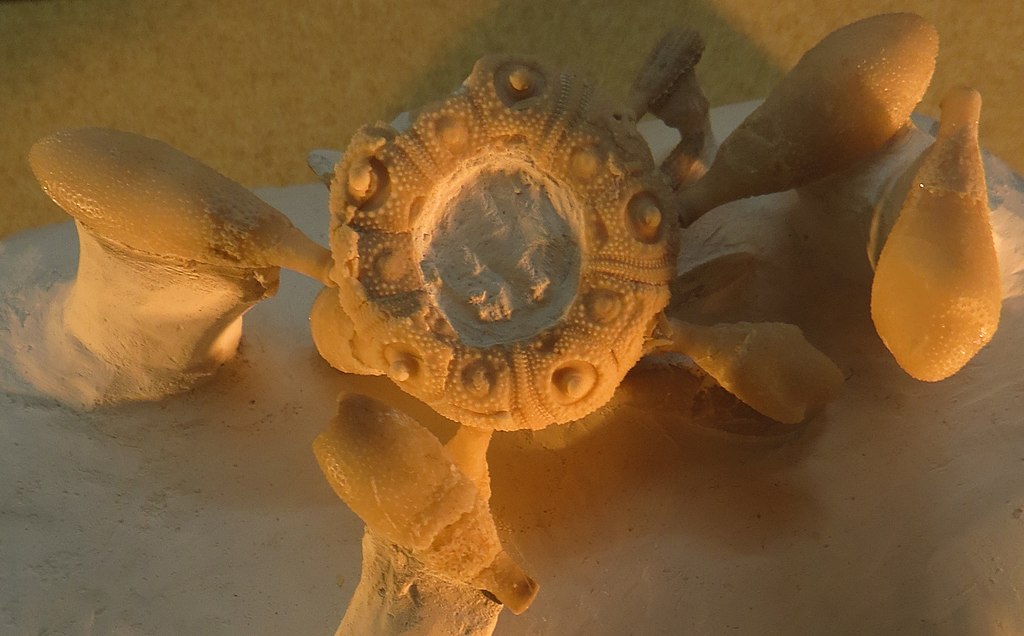
Recent paleontological research has uncovered evidence suggesting dinosaur diversity was already decreasing before the asteroid impact. Studies of fossil records from the late Maastrichtian period (the final stage of the Cretaceous) indicate potential species richness reduction in certain regions. Statistical analyses of dinosaur fossils from the Hell Creek Formation in Montana reveal decreasing diversity during the final 10 million years of the Cretaceous. Some researchers argue that dinosaur populations were becoming increasingly fragmented and geographically isolated, creating vulnerability even before the impact event. These findings have led some paleontologists to propose that dinosaurs were already experiencing evolutionary stress, potentially making them more susceptible to extinction when the asteroid struck.
The Role of Deccan Traps Volcanism
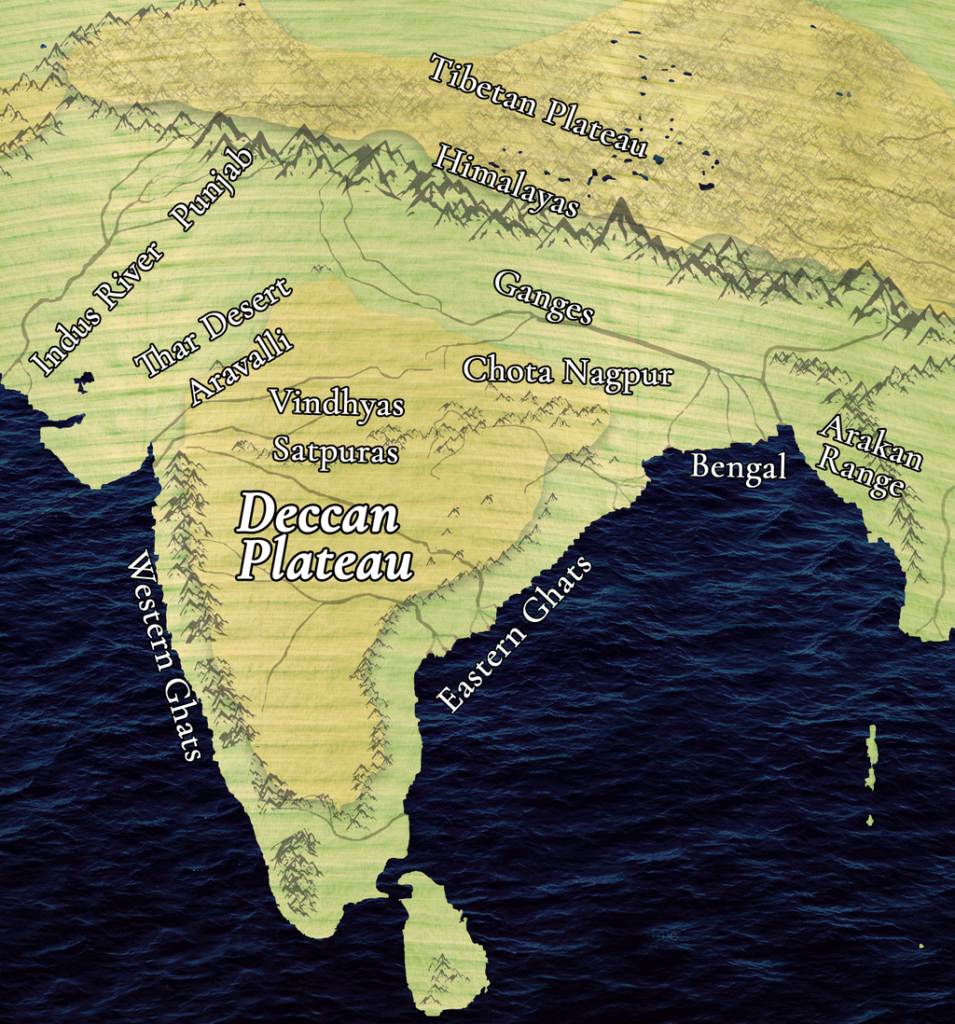
Massive volcanic eruptions in what is now India created the Deccan Traps, one of Earth’s largest volcanic provinces, during the late Cretaceous period. These eruptions released enormous quantities of carbon dioxide, sulfur dioxide, and other gases into the atmosphere over approximately one million years. Recent dating techniques indicate peak volcanic activity occurred just before the asteroid impact, suggesting a potential “one-two punch” scenario. The volcanic gases likely caused significant climate fluctuations, including periods of global warming followed by cooling phases. Some researchers propose that these environmental stresses may have gradually weakened dinosaur populations through habitat disruption and atmospheric changes. The coincidence of both major extinction mechanisms—impact and volcanism—has led to ongoing debate about their relative contributions to the extinction event.
Climate Change and Habitat Transformation

The late Cretaceous period witnessed significant climate fluctuations that may have contributed to dinosaur decline. Global temperatures were dropping from earlier Cretaceous highs, potentially affecting cold-blooded reptiles more severely than mammals and birds. Sea level changes dramatically altered coastal habitats where many dinosaur species thrived, potentially fragmenting populations. Shifting plant communities, with flowering plants becoming increasingly dominant, may have disrupted established herbivore feeding patterns. These environmental changes would have occurred over millions of years, potentially exerting evolutionary pressure on dinosaur species. Some scientists hypothesize that dinosaurs may have been caught in an evolutionary bottleneck, with decreasing genetic diversity making adaptation more difficult as conditions changed.
Statistical Analysis of Fossil Records

Modern statistical approaches have revolutionized how paleontologists interpret the incomplete nature of the fossil record. Sampling standardization techniques help adjust for the uneven quality of fossil preservation across different time periods and locations. Recent studies employing these methods have produced mixed results regarding dinosaur diversity trends prior to extinction. Some analyses suggest stability in dinosaur populations until the very end of the Cretaceous, while others indicate gradual decline in certain regions or among particular dinosaur groups. The development of sophisticated modeling techniques has allowed researchers to account for preservation biases more effectively than in previous decades. These advanced statistical methods continue to refine our understanding of dinosaur population dynamics during their final era on Earth.
Geographic Variations in Extinction Patterns

Evidence increasingly suggests that dinosaur extinction may have followed different timelines across various regions of the planet. Fossil records from North America often show dinosaurs persisting until very close to the K-Pg boundary, suggesting relatively sudden extinction. In contrast, some European and Asian fossil beds indicate potential earlier declines in certain dinosaur groups. These geographic variations may reflect regional differences in climate, habitat disruption, or volcanic effects. Some paleontologists suggest that dinosaur populations may have been increasingly fragmented in the late Cretaceous, with regional extinctions occurring at different rates. These geographic inconsistencies complicate the overall extinction narrative and suggest a more complex pattern than a purely sudden, global event.
The Survival of Avian Dinosaurs

Modern birds represent the only surviving dinosaur lineage, raising important questions about selective survival during the extinction event. The fact that some dinosaurs survived while others perished suggests the extinction process had specific selection mechanisms rather than being universally catastrophic. Smaller body size, endothermy (warm-bloodedness), and dietary flexibility may have given early birds crucial advantages during the extinction crisis. Some researchers propose that bird ancestors were already occupying different ecological niches than their non-avian dinosaur relatives, potentially protecting them from the worst extinction pressures. The survival of birds challenges simplistic extinction narratives and suggests that certain dinosaur adaptations provided resilience against whatever combination of threats ended the Cretaceous.
Ecological Complexity and Extinction Vulnerability

Recent ecological analyses suggest that complex interdependencies between species may have created cascading extinction effects. Large predatory dinosaurs typically occupy the highest trophic levels, making them particularly vulnerable to ecosystem disruptions. Changes in plant communities could have affected herbivorous dinosaurs first, with effects then propagating up the food chain. Some fossil evidence suggests certain dinosaur groups were experiencing reduced population diversity before others, potentially indicating ecosystem instability. Modern ecological modeling applied to dinosaur communities indicates that even moderate environmental stresses could potentially trigger widespread extinction through complex food web effects. These ecological perspectives suggest that dinosaur communities may have been becoming less resilient over time, even before the final extinction trigger.
Dating Precision and the Extinction Timeline
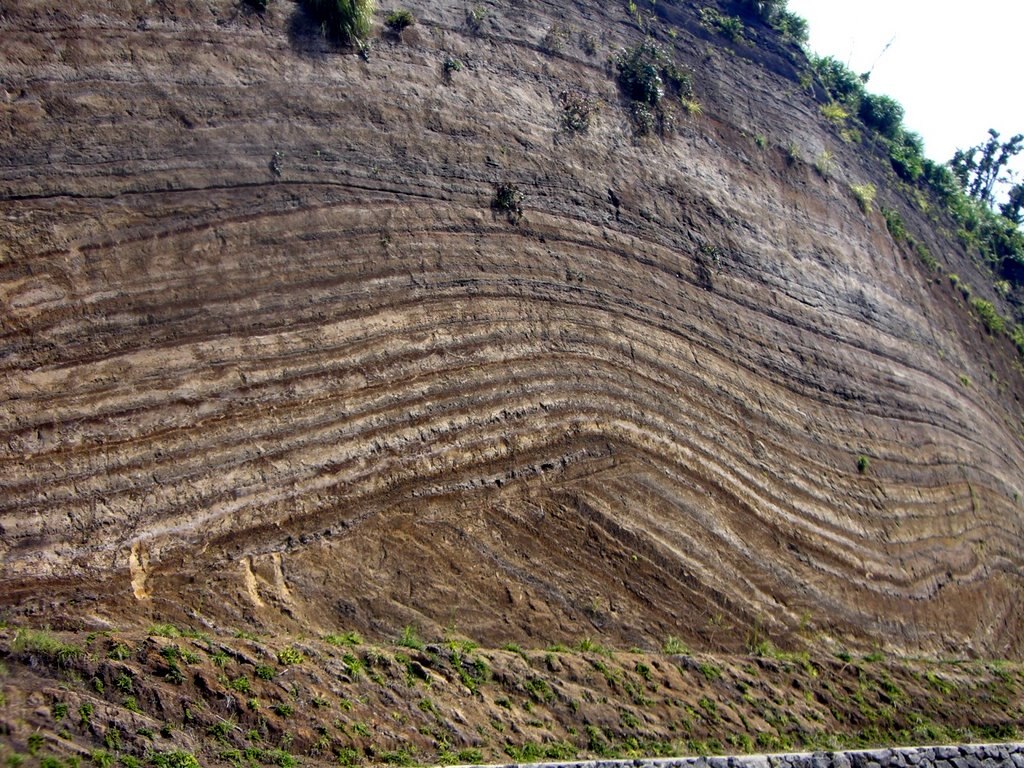
Advances in radiometric dating techniques have dramatically improved our ability to establish precise chronologies for extinction events. Modern argon-argon and uranium-lead dating methods can now resolve geological events with unprecedented precision, sometimes to within thousands of years. Recent high-precision dating of volcanic ash layers near the K-Pg boundary has refined the timeline of events surrounding the extinction. Some dating studies suggest the final extinction may have occurred over a relatively short geological timespan, perhaps within thousands to tens of thousands of years. However, this “rapid” extinction in geological terms could still represent many generations of dinosaur populations, allowing for complex population dynamics during the final decline.
Mammalian Competition Hypothesis

Some researchers have proposed that increasing competition from early mammals may have contributed to dinosaur decline before the asteroid impact. Fossil evidence indicates mammals were diversifying throughout the Cretaceous period, potentially competing with smaller dinosaurs for resources. Mammals’ nocturnal adaptations, warm-bloodedness, and adaptable feeding strategies may have given them competitive advantages in changing environments. Some studies suggest mammals may have been predators of dinosaur eggs, potentially impacting dinosaur reproductive success. While this hypothesis remains controversial, it highlights how complex ecological interactions beyond simple catastrophe could have influenced dinosaur populations. The mammalian competition theory represents one way evolutionary pressures might have contributed to gradual dinosaur decline rather than purely sudden extinction.
Disease and Reproductive Challenges
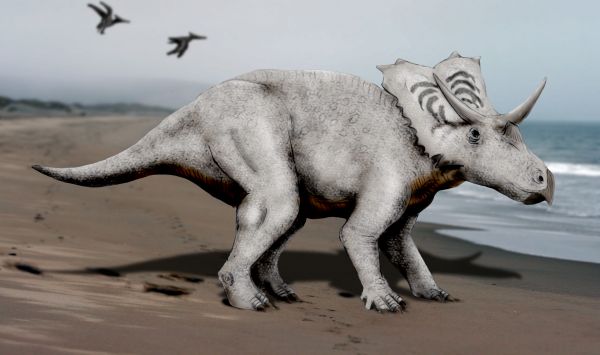
Some scientists have proposed that disease dynamics or reproductive challenges might have contributed to dinosaur decline before the final extinction event. Changing climates could have altered pathogen-host relationships, potentially introducing new diseases to dinosaur populations. Certain environmental toxins from volcanic activity might have impacted dinosaur egg viability or hatchling survival. Temperature fluctuations could have affected sex determination in some dinosaur species that relied on temperature-dependent sex determination. While direct evidence for these mechanisms remains limited, they represent additional potential stressors that could have operated gradually over time. These hypotheses highlight how multiple subtle factors might have combined to stress dinosaur populations before the asteroid impact delivered the final blow.
Scientific Consensus and Future Research Directions

The current scientific consensus leans toward a hybrid model combining elements of both gradual decline and sudden catastrophe. Most paleontologists acknowledge the Chicxulub impact as a decisive extinction trigger while recognizing that dinosaurs may have faced prior environmental stresses. Future research directions include more comprehensive global sampling of late Cretaceous fossils to better establish worldwide patterns. Advanced geochemical techniques are being developed to reconstruct climate conditions with greater precision during the final dinosaur era. Interdisciplinary approaches combining paleontology with ecology, climate science, and geology continue to yield new insights into this complex extinction event. As research techniques advance, scientists hope to develop increasingly nuanced models of how multiple factors interacted during this pivotal moment in Earth’s history.
Conclusion: A More Nuanced Extinction Narrative

The story of dinosaur extinction appears increasingly complex as scientific investigation advances. Rather than choosing between sudden catastrophe or gradual decline, the evidence suggests elements of both processes likely contributed to their disappearance. Dinosaurs may have faced mounting environmental challenges from climate change, volcanic activity, and ecological disruption in the late Cretaceous, potentially reducing their resilience. The asteroid impact then delivered a devastating blow to already stressed populations, accelerating and finalizing the extinction process. This nuanced perspective reflects how major transitions in Earth’s history rarely result from simple, single causes, but rather from complex interactions between multiple factors. The ongoing scientific debate about dinosaur extinction demonstrates how paleontology continues to refine our understanding of Earth’s past through rigorous investigation and evolving analytical techniques.

